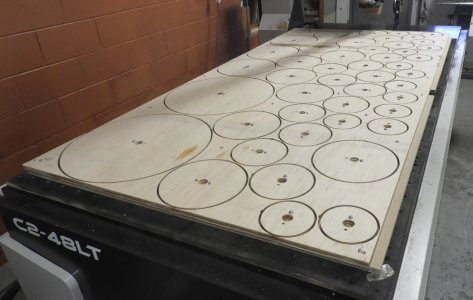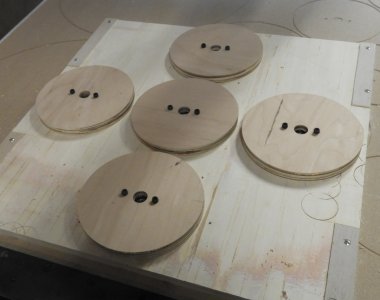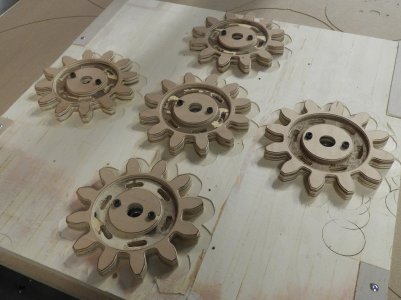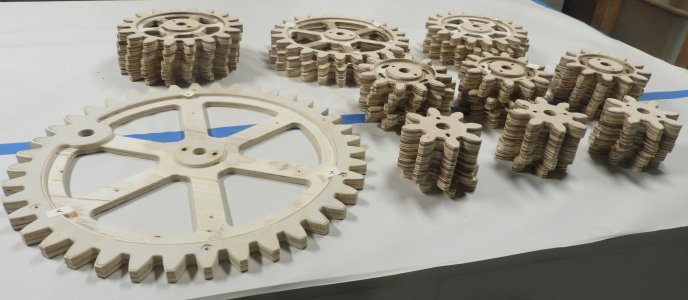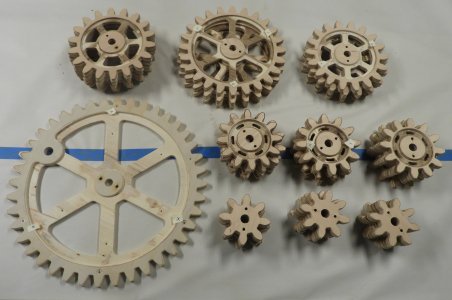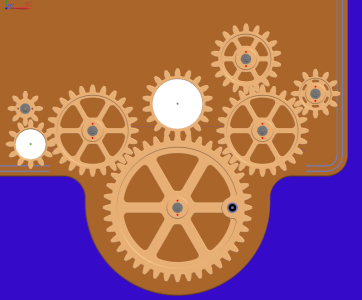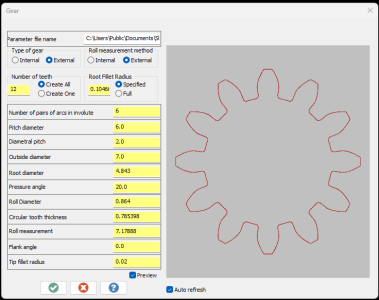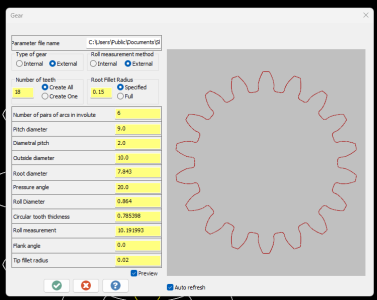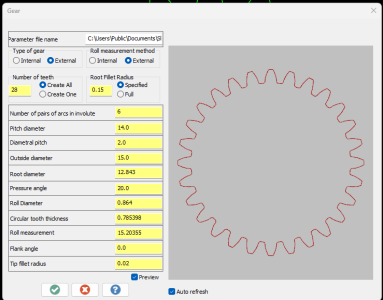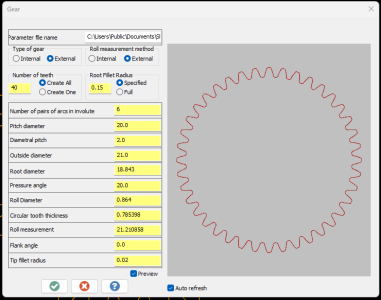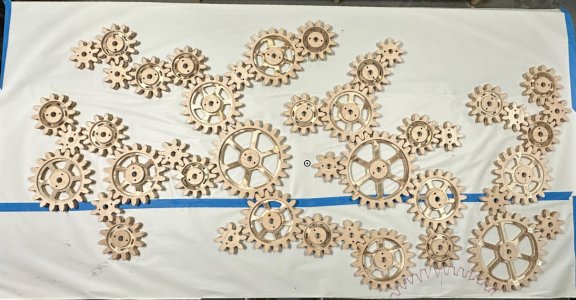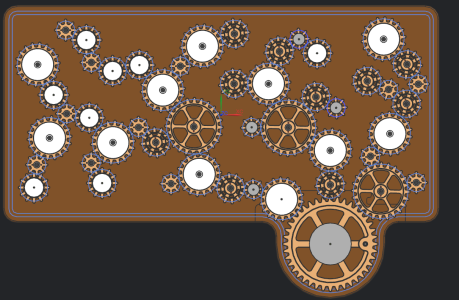Matt-Aburg
Ultra Member
I am building a "Gear wall". All the gears are made of plywood with bearings and 3D printed mounting axils. This wall will also have light acrylic light pipes under most of the gears.
My question is this. How much should I add to the pitch diameter to ensure it spins freely? This may have over 30-45 gears in the display. I will post manufacturing pictures later when I get home. This whole display will be 96 x 60 (48, but the drive drear with handle is lower)..
My question is this. How much should I add to the pitch diameter to ensure it spins freely? This may have over 30-45 gears in the display. I will post manufacturing pictures later when I get home. This whole display will be 96 x 60 (48, but the drive drear with handle is lower)..

